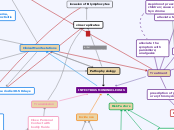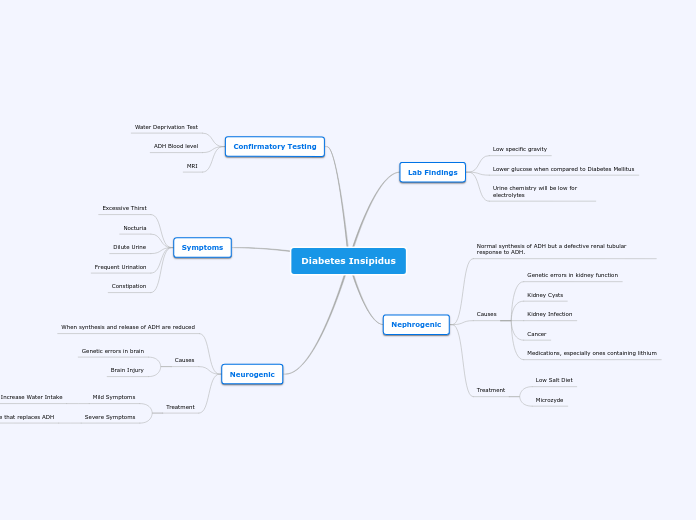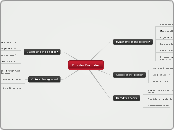severe cases lead to hemorrhage
GROUP 4: Hyerin Kim, Julia Philips, Daniel Van Victorino, Kelsey Johnson
pericarditis
myocarditis
thrombocytopenia purpura secondary to EBV exposure; decreased platelet count
CNS manifestation complication
Aspirin not prescribed for children; causes Reyes Syndrome
Transmission
genital, rectal and respiratory tracts
Mucus
Saliva
Sharing utensil, personal items, drinks, kissing. Saliva is the primary transmitter.
Lower socioeconomic environments
Coughing, sneezing, sexual contact are considered to have low transmission rates
Blood and Semen
Close Personal Contact with bodily fluids
Early infection typically does not lead to symptomatic IM
people may be carriers without expressing symptoms
90% of adults have been infected
50-85% of children infected with EBV by age 4
6-8 cases per 1000 people in the at risk age group
Incidence
increased risk of developing uncontrolled proliferation, leading to various types of lymphomas, such as Burkitt and Hodgkin lymphomas
Age 15-35, peak for females is 15-24, peak for males is 18-24
immunodeficiency, such as diabetes, malaria, HIV/AIDS, and certain medications
Risk Factors
alleviate fever with antipyretics
alleviate the symptom with pain killers; analgesics
immunocompromised
Acyclovir prescription
full rest
Pharyngitis
prescription of penicillin, or erythromycin
splenomegaly
impeding respiratory system
Splenic rupture due to sensitized & enlarged lymph nodes ; spleen.
in severe cases
Splenectomy
avoid strenuous activity, and contact sports
Steroid prescription
Pathophysiology
virus replicates
invasion of B lymphocytes
infected B lymphocyte circulation throughout body in blood and throughout the reticular endothelial system (spleen, liver, lymphatic system)
pharyngitis is cause by virus-infected B lymphocyte proliferation within the oropharynx
cellular-mediated and antibody-mediated response
ineffective immune response can result in development of B cell Lymphoma
lymphocytosis is caused by an increasing number of circulating activated B and T lymphocytes (Downey Cells)
fever is caused by cytokines released by host immune system
INFECTIOUS MONONUCLEOSIS
Clinical Manifestations
IM is self limiting:
-recovery is a few weeks
-severe complications occur only 5% of cases
-residual fatigue can last 1-2 mo after all other sx have resolved
Other organ system involvement
Reye's syndrome: causes swelling of liver and brain, usually occurs in children with EBV infection.
Pulmonary (rare): pneumonia and respiratory failure possible in immumnocompromised individuals.
Eyes: eyelid and periorbital edema, dry eyes, kertitis, uveitis, conjunctivitis
Fulminant hepatitis with jaundice and anemia, ecephalitis, Guillain-Barre syndrome, Bell palsy
Rare fatalities due to IM:
-hepatic failure
-associated bacterial infection
-viral myocarditis
incubation period is 30-50 days
3-5 days: Flu like sx-headache, malasie, joint pain, fatigue--> within this time frame, other individuals may present as asymptomatic
Mono is usually dx with the presence of fever, sore throat, cervical lymphadenopathy, and fatigue
Progression of mono: generalized lymphadenopath, splenomegaly and hepatomegaly (occurs in 25-75% of individuals)
Splenomegaly: splenic rupture may occur due to mild trauma, occurs in 90% of males with mono during days 4-21 of sx onset.
Splenic rupture is most common cause of death related to mono.
Treatment









